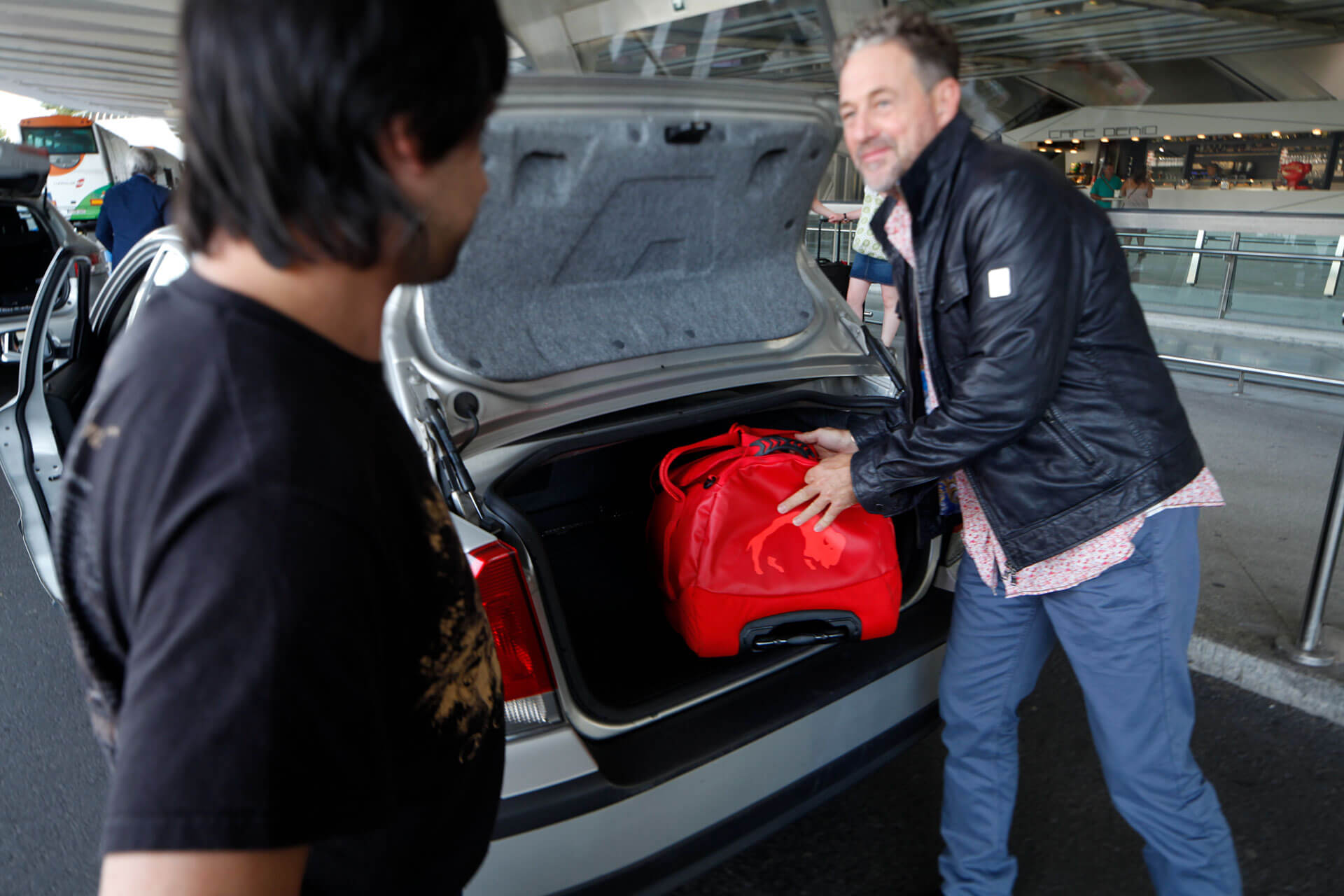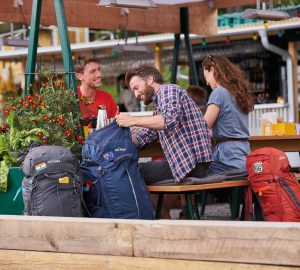Carry-on luggage is usually cheaper than checked luggage when traveling by air. That’s why many travelers forgo bulky suitcases and take just one piece of luggage directly onto the plane. But what is allowed in the hand luggage? Depending on the airline, there are various regulations and restrictions to be observed. If you don’t comply with them, it can get really expensive.
How big is a suitcase for carry-on luggage allowed to be on the plane?
The dimensions allowed for hand luggage on the plane can vary depending on the airline. The usual size is 55 cm × 40 cm × 20 cm. The maximum weight for hand luggage is usually between 5 and 12 kilos. You should find out in advance online which regulations apply to your flight and the fare you have booked. It is often possible to increase the weight and size for an additional charge.
Here are some common dimensions for carry-on luggage:
- Eurowings: 40 x 30 x 25 cm included (for an extra charge: 55 x 40 x 23 cm up to a maximum weight of 8 kg).
- Lufthansa: 55 x 40 x 23 cm with a maximum weight of 8 kg
- Ryanair: 40 x 20 x 25cm
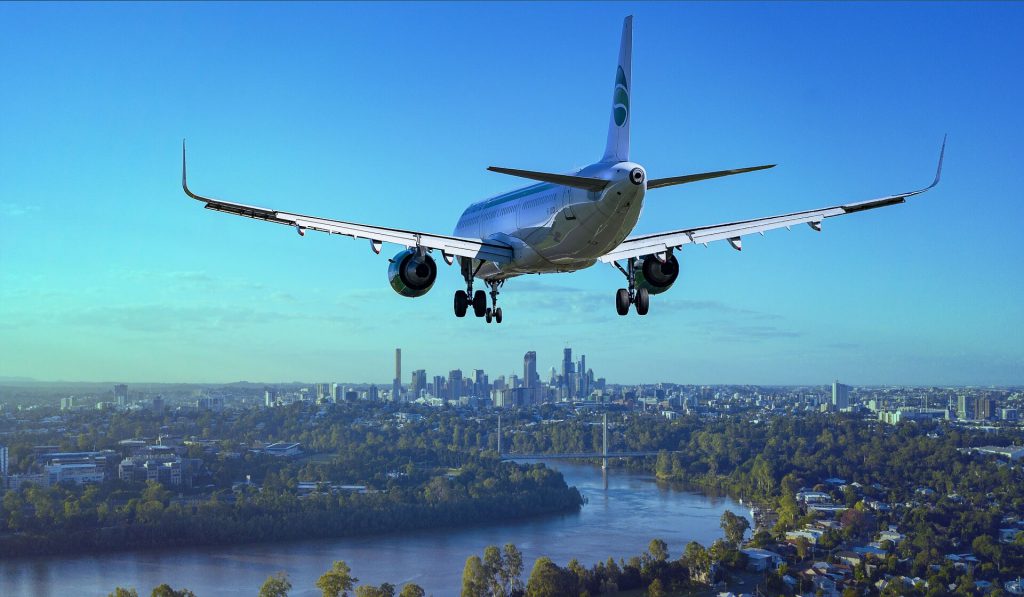
How strictly are carry-on baggage dimensions controlled?
At some airports, the size is not checked at all. So it’s possible that no one will notice if your suitcase is three centimeters too long. However, you cannot rely on this. At the latest, if a piece of luggage does not fit in the overhead bin, it becomes problematic – or expensive.
For example, if Ryanair’s hand luggage is too large, it will not be accepted at the gate. A fee of 69.99 Euros is charged and the suitcase is placed in the cargo hold. With Lufthansa, it costs 40 Euros for international flights if it is noticed at the gate that your hand luggage is too large.
Liquids in hand luggage
The baggage regulations for liquids in hand luggage are the same for all airlines:
- A maximum of 100 ml is allowed per liquid container.
- All liquid containers must be stowed together in a transparent bag with a maximum volume of 1 liter.
These strict rules are laid down by law for security reasons. Therefore, all bottles, cans and other containers that contain more than 100 milliliters must be disposed of during the security check at the airport. So you should prepare yourself accordingly. In the drugstore you can find almost all cosmetics in travel sizes. Alternatively, there are also suitable tins and containers in which you can fill your normal cosmetics. You can then pack everything together in a transparent bag with a maximum volume of one liter. Re-sealable zip bags are practical here.
Liquids purchased after the security check – whether drinks, cosmetics or alcohol – may be taken onto the plane. In some cases, drinks purchased in duty-free stores are specially sealed and may only be opened after leaving the security area at the destination airport.
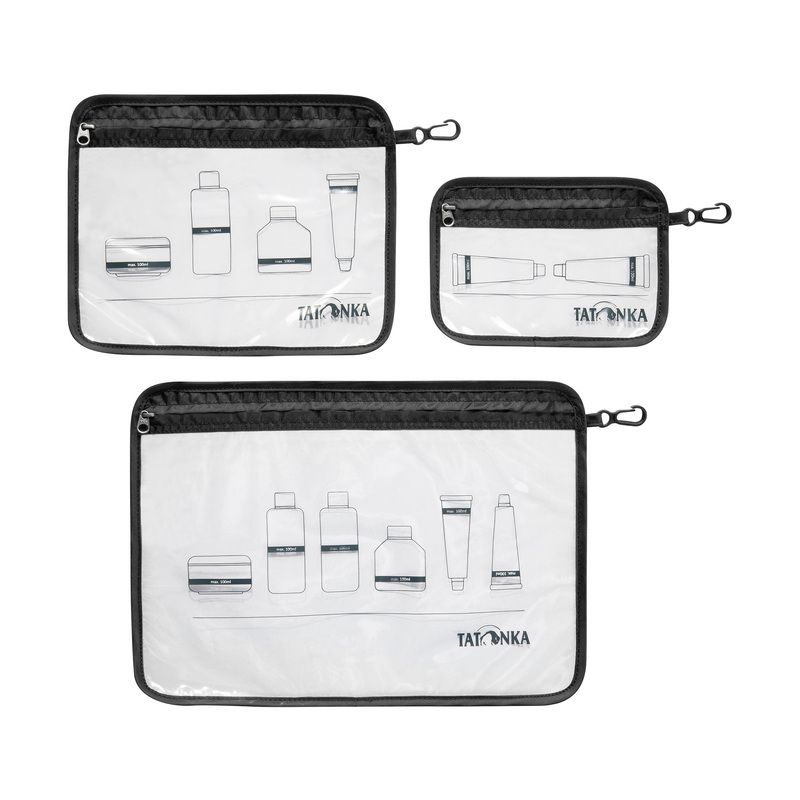
Looking for backpacks, bags and accessories for your next trip? Tatonka has the right equipment for every trip.
Food in hand luggage
Taking something to eat in your hand luggage as provisions is basically no problem. However, there are a few rules here as well. You can take solid food such as bread, cookies or similar with you without any problems. Fruit or sliced vegetables such as cucumbers or carrots are also allowed. However, when flying across the EU border, you may not be allowed to bring in certain fruits and vegetables – no problem as long as you eat everything during the flight.
Foods such as jam, soup or yogurt are more problematic: they are considered liquids and are subject to the regulations already mentioned.
If you want to take animal products such as meat, sausage, milk and dairy products with you on your trip or bring them home as a souvenir from your vacation, you should be careful. Strict rules apply to imports into the EU in order to prevent the spread of epidemics. For flights to the EU, you have to declare animal foodstuffs in advance, you need the appropriate documents and you have to pass through certain entry points. This applies to hand luggage as well as checked luggage.
What am I not allowed to carry in my hand luggage?
The manicure set for grooming on the flight, the pocket knife that has been peacefully dangling from your keychain for years: the supposedly harmless little helpers in everyday life can lead to problems at the baggage check at the airport. Pocket knives, nail scissors and the like are mercilessly sorted out because they are considered “pointed, weapon-like objects or tools”. You are also not allowed to take ice skates on board an airplane, as they could be misused as weapons.
The same applies to all flammable substances: fuels, alcohol (except purchased in duty-free stores) and liquid gas are strictly prohibited; this is especially important if you want to take a camping stove with you on the trip. Gas cartridges are prohibited in both carry-on and checked baggage.
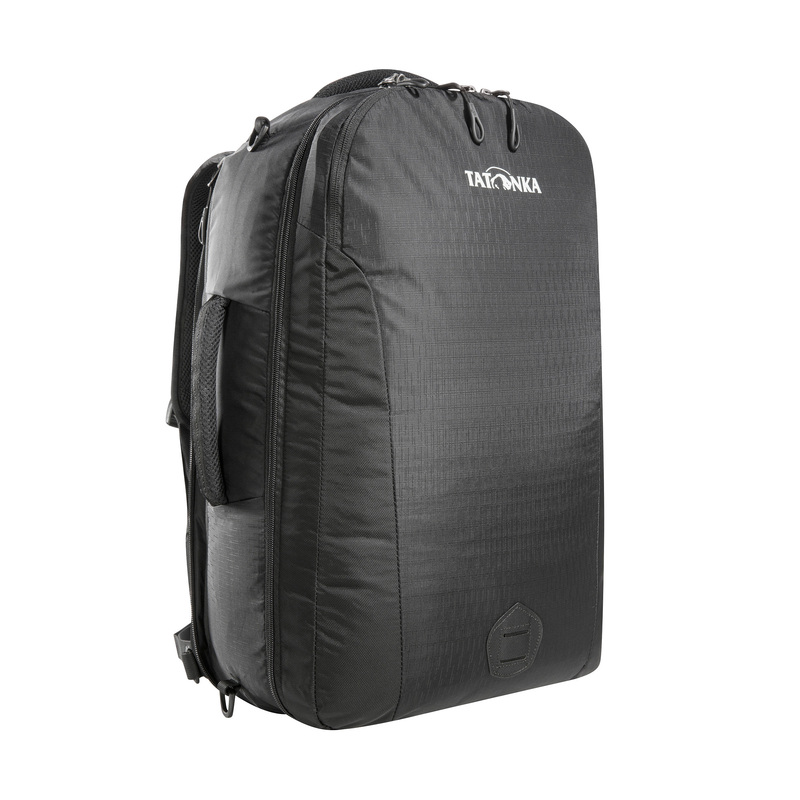
The Flightcase by Tatonka – Travel backpack in hand luggage dimensions (54x33x18 cm) and with 15″ laptop compartment as well as coverable shoulder straps.
Batteries and powerbanks in carry-on luggage?
Caution is advised when it comes to batteries and rechargeable batteries. While you can take commercially available batteries on board an airplane without any problems, there are stricter regulations for powerful lithium-ion batteries. They may only be carried up to a maximum capacity of 160 watt hours. Such powerful batteries are sometimes used in drones or power banks.
If you want to take such batteries with you, check their power in advance and make sure that they comply with the limit. Powerbanks and spare batteries must always be carried in your hand luggage and are not allowed in the hold.
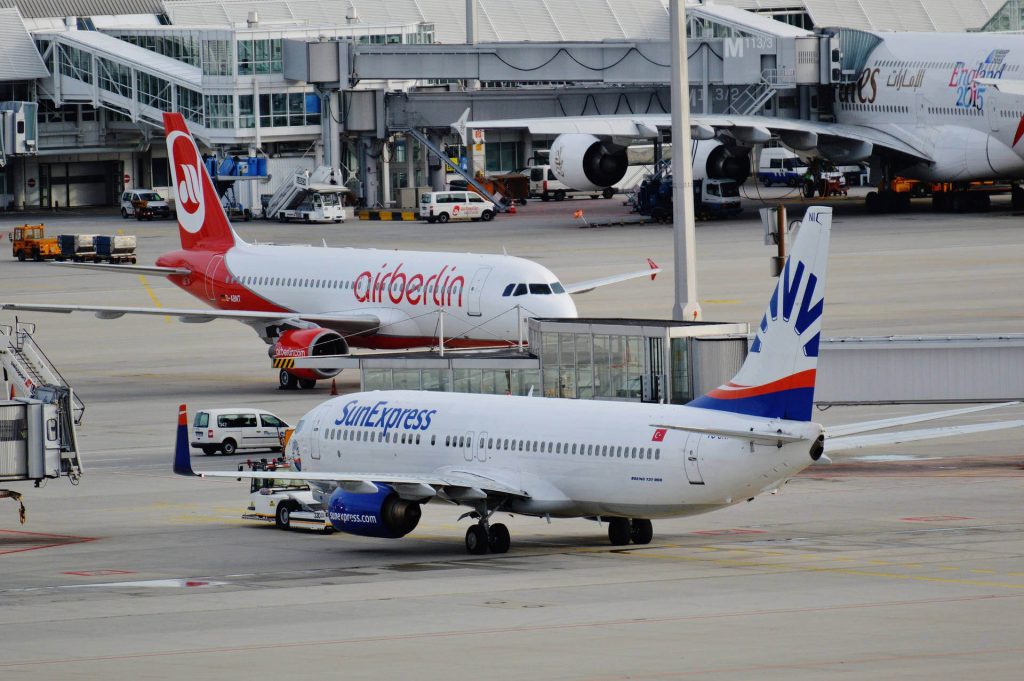
Take stones, shells or sand on the plane?
Collect a few shells on the beach or buy the necklace with the beautiful stones as a souvenir and then take it home on the plane? At first, this sounds harmless and like a nice vacation memory. However, it is not a good idea at many travel destinations!
Many shells and corals are subject to species protection. If you collect them and bring them back to Germany, you are liable to prosecution. If you are checked by customs on arrival in Germany, it can be really expensive. Several thousand euros fine can be due here. So be sure to find out if you are allowed to bring shells, stones, or jewelry made from them into Germany.
In Italy, this even applies to sand. If you take a glass full of sand home from the beach, you are breaking the law. That’s because in Italy, “any kind of alteration of the sandy beaches or the taking home of sand, pebbles or quartz rock, even in the smallest quantity” is prohibited by law, as the German Foreign Office warns. Between 500 and 3,000 euros fine can be due here.
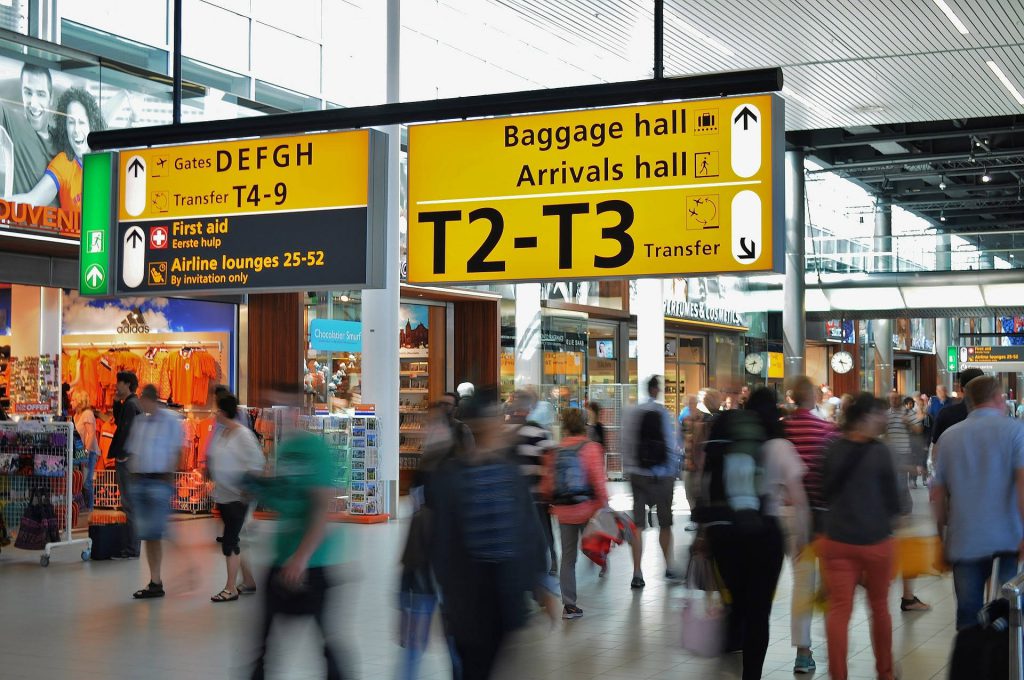
What do I have to pay attention to at customs?
Especially when flying across the external borders of the EU, it is advisable to inform yourself about the applicable import regulations. Especially alcohol, cigarettes and certain luxury goods are affected. On the customs website you can find out about the allowances and thus avoid that supposed bargains become really expensive afterwards.
Tip: Safety on your travels: 10 tips for adventure trips without problems
Here you can find furhter information:




